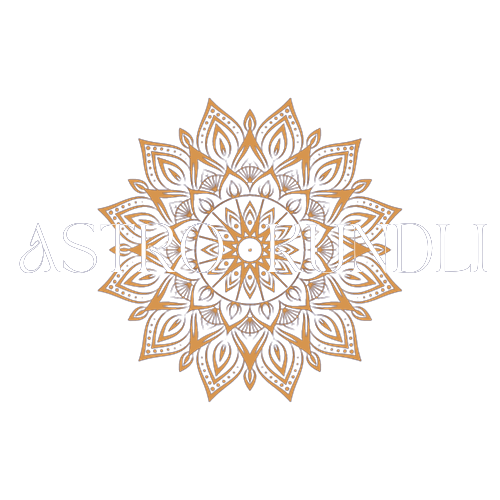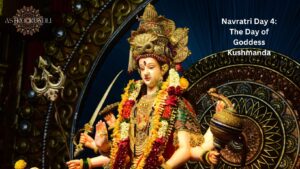Table of Contents
What is Mundan?
Mundan is a traditional Hindu ceremony that has been in practice for a long time. It is also known as chudakarana in Sanskrit. This ceremony involves shaving a child’s head when it’s between six months and three years of age.
Check Mundan Muhurats in 2024
This traditional practice is one of sixteen Hindu samskaras (sacraments). It’s believed to have both spiritual and practical benefits. We’ll discuss them further in this article.

Importance of Mundan
A mundan holds spiritual, practical, and cultural significance in Hinduism and its traditions. Here are some of them:
Spiritual Importance and Benefits
- Purification: A mundan ceremony is believed to remove negative energy from the child and also negative karmas if any from it’s past life.
- Spiritual Growth: It is believed that this ritual can help the child achieve enlightenment and connect with the higher power.
- Offering to God: The hair that is shaved during the ceremony is offered to deities such as Shiva or goddess Ganga as a symbol of devotion.
Practical Benefits
- Cooling: A shaved head can keep the child’s head and body temperatures cooler during summer months and in places with hot and humid climates.
- Stronger Hair: People believe that after shaving the head hair growth would be followed by thicker healthier hair.
- Improved Blood Circulation: It’s believed that the shaving can stimulate the nerves in the scalp. This can benefit in the nervous system of the child.
Cultural Significance
- Societal Practice: A mundan suggests that the child is part of the society and acts as a major event in Hindu communities. It’s one of the major social event in Hinduism.
- Religious Tradition: Mundans are an old tradition that have been passed through generations. It’s considered an important family tradition and is still practiced today with great belief and enthusiasm.
- Expressing Faith: A mundan ceremony essentially shows faith and devotion to religious and family traditions.
Some Additional Benefits
- Improved concentration and memory
- Better and longer sleep patterns
- Better immune system
- Protection from evil spirits and negative energy
The Rituals of a Mundan Ceremony
It’s important to note that the rituals of the ceremony are different for different regions and along with location is based on family traditions and the priests who perform this ceremony. However, some common rituals are:
- Choosing the right date and time: Families consult with a priest or astrologer to choose the right date and time based on the child’s birth chart and planetary movements. Choosing the right time is the first and an important, if not the most important step.
- Puja for Lord Ganesha: A puja ceremony is performed to conduct prayers for Lord Ganesha. The purpose of the puja is to seek his blessings since he’s considered the remover of obstacles. A successful puja signifies a smooth and successful ceremony.
- Ritualistic bath: Before eventually shaving the head, the child is given a bath in holy water. This is done to purify the child’s body and mind.
- Offering to the gods: Certain items like flowers and fruits are presented as offerings to the gods. This is done to seek their blessings for the child and its health.
- Shaving the head: Before the main act of the ceremony is performed, the priest chants sacred vedic mantras to create a divine and holistic atmosphere. Then the head shaving begins wherein the priest or an elder member of the family shaves a small part of the head. The complete head is then shaven by a professional barber. A professional is necessary to ensure the head shaving process is done smoothly and the child has a comfortable experience.
- Cleaning and washing: Once the shaving is done, the head is washed with Gangajal (water from the river Ganga). It is considered sacred water and acts as holy water. It’s used primarily to remove any impurities and cause healing.
- Applying turmeric and sandalwood: After the cleaning and washing, a turmeric and sandalwood paste is applied to the head. This soothes the skin and advances healing.
- Offering the shaved hair: The shaved off hair is then offered to deities such as Lord Shiva or Goddess Ganga. As a sign of devotion.
- Celebration with a feast: Lastly, a feast is organized to close the auspicious ceremony and share happiness with friends and family.
- Donation: Some families also adopt charity and donate items such as food, clothes or money to the poor. This is done to show gratitude and share blessing.
In conclusion, a mundan ceremony removes any negative energies attached to a child and performs a spiritual cleanse. The first haircut as well as astrological considerations are an important part of the ritual. Essentially, the child unknowingly starts his or her spiritual journey from birth.
Frequently Asked Questions (FAQs)
Q1: What is the purpose of mundan?
A mundan and mundan ceremony holds spiritual, practical, and cultural significance in Hinduism and its traditions. Spiritual significance include: purification and spiritual growth. Physical benefits include: stronger hair and improved circulation. Lastly, cultural significance include: religious tradition and faith expression.
Q2: What is mundan called in English?
It is known as “tonsure” in English. In some traditions, tonsure is performed on young children, like in Hinduism culture, while in others it’s performed on adults. It is seen as a symbol of devotion and purification.
Q3: At what age is mundan done?
This ritual is essentially done when a child is between 6 months and three years of age. However, some families also prefer to do it later.
Q4: Is mundan only for boys?
Previously this ceremony was done only for boys in some Hindu communities due to the belief that a boy was more prone to negative energies. However, now it’s done for both boys and girls.
Q5: Is it compulsory to cut baby first hair?
The necessity to cut a baby’s first hair depends on culture, religious traditions, and preferences of the family. Some families don’t do it but some do. The ones who do it either believe in religious traditions or the science behind it. Whether you do it or not completely depends on you.
Q6: Does Mundan help hair growth?
There is no right or wrong answer to this. This varies from child to child. While some children may experience better hair growth, some just might not.




